Ever sat in a meeting with a great idea but felt like you just couldn’t get the words out? Maybe you’ve said yes when you really wanted to say no, or you’ve left a conversation wishing you’d put your foot down a bit more. Assertiveness isn’t about being pushy or loud—it’s about standing up for yourself in a friendly, respectful way. Here are some down-to-earth, practical tips to help you find your assertive voice at work—without losing your personality along the way.

1. Know What Assertiveness Really Means
Let’s get something straight: being assertive is not about bossing people around or turning into the loudest voice in the room. It’s about expressing your thoughts, needs, and feelings honestly, while also respecting others. Think of it as a happy middle ground between being a pushover and being a bulldozer. If you find yourself either holding back or accidentally steamrolling others, there’s room to develop a more balanced approach.
2. Use the Power of ‘I’ Statements
Ever noticed how “I feel” or “I think” comes across differently to “You never” or “You always”? Using ‘I’ statements is a classic assertiveness tip for a reason. They help you own your perspective and keep conversations positive. For example, try saying “I need a bit more time to finish this properly” instead of “You’re giving me too much work”. It’s honest, direct, and a lot less likely to trigger defensiveness from the other person.
3. Practice Saying No (Without the Guilt)
Saying no can feel awkward, but it’s a crucial skill if you want to avoid burnout. The good news is, you can say no and still be polite. Try something like, “Thanks for thinking of me, but I’m already at full capacity right now.” You don’t have to justify yourself endlessly or feel guilty for having boundaries. The more you practice, the easier it gets—and people will respect your honesty in the long run.
4. Mind Your Body Language
How you say something is just as important as what you say. Assertive body language includes good posture, steady eye contact, and a calm, clear voice. If you find yourself fidgeting, mumbling, or avoiding eye contact, try to slow down and ground yourself. A simple trick is to plant your feet firmly on the floor and relax your shoulders before speaking. This not only helps you look more confident but actually helps you feel it, too.
5. Handle Pushback with Calm
Not everyone will love your assertiveness straight away—especially if they’re used to you always saying yes. If you get pushback, stay calm and stick to your message. You can acknowledge their point (“I see what you mean”) but still hold your ground (“I really do need that extra time to get this right”). Remember, assertiveness is about keeping things respectful on both sides, even when you disagree.
6. Keep Practising in Real-Life Situations
Assertiveness isn’t just a theory—it’s a skill you build over time. Look for small ways to practise at work: share an idea in your next meeting, ask for feedback, or politely decline a request that would overload you. Every time you act assertively, you reinforce the habit and boost your confidence. It’s all about progress, not perfection.
Why Assertiveness Matters
Being assertive helps you set healthy boundaries, reduces stress, and earns you respect at work. It can even improve your job satisfaction and open up new opportunities. More importantly, it lets you be yourself—confidently and authentically—in any situation.
Ready to Build Your Assertiveness Skills?
If you want more support and practical tools to boost your confidence, check out our Assertiveness Skills Training Course. Our sessions are fun, interactive and packed with real-world tips you can use straight away. Find out more here, and take the first step to a more assertive you!



